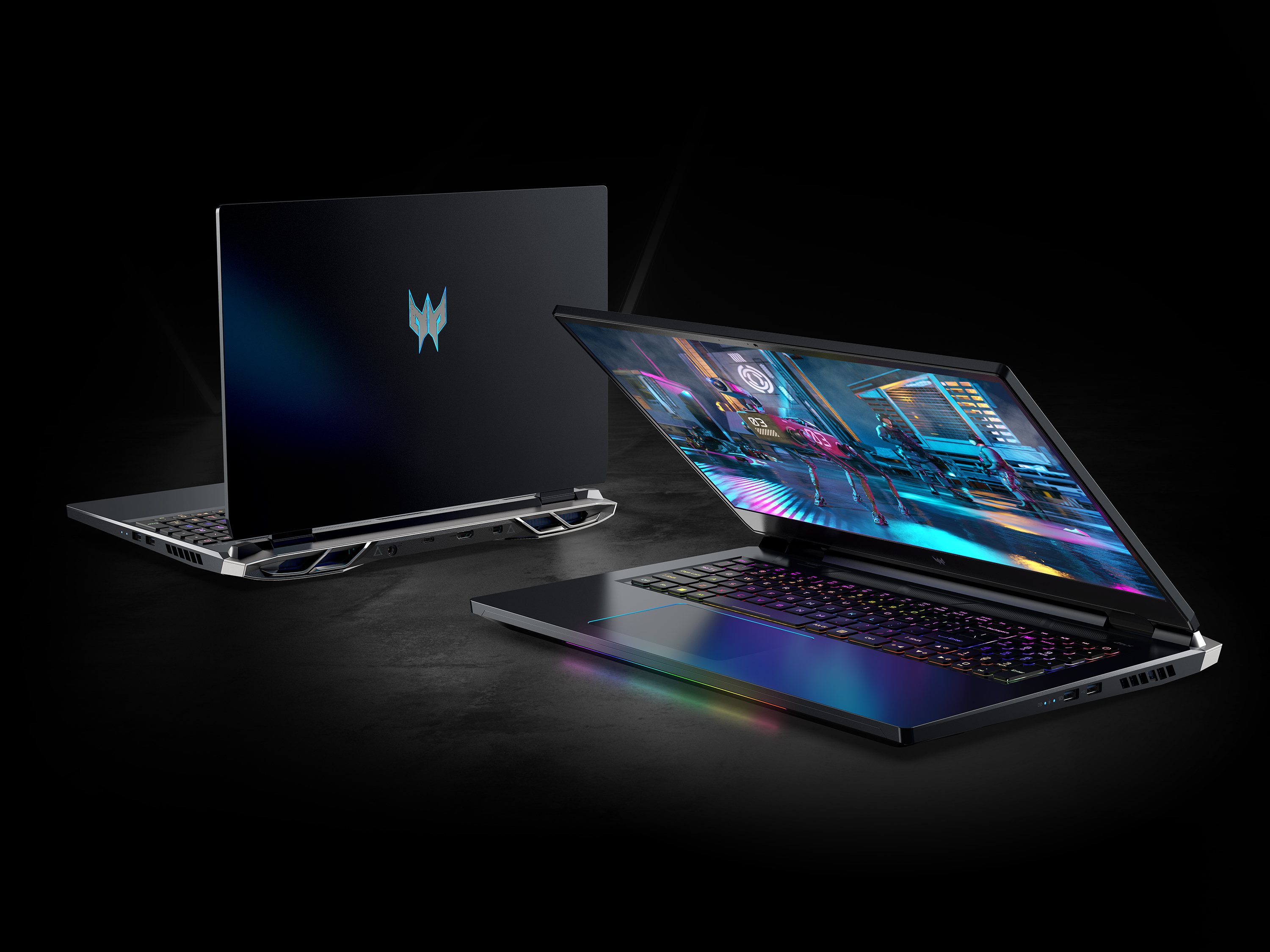In a significant stride toward bridging the performance gap between gaming laptops and desktop PCs, external graphics processing units (eGPUs) are poised to redefine portable gaming. Drawing inspiration from the modular design of next-generation consoles like the anticipated Nintendo Switch 2, these devices promise to transform lightweight laptops and gaming handhelds into desktop-class powerhouses. Industry leaders such as Razer, Asus, and Gigabyte are at the forefront, leveraging advanced connectivity standards like Thunderbolt 5 to enhance gaming capabilities, though challenges remain in achieving a seamless, console-like experience.
The recently unveiled Razer Core X V2, priced at $349.99, exemplifies this trend by utilizing Thunderbolt 5’s high-bandwidth capabilities, offering up to 80 Gbps bidirectional data transfer speeds for compatible devices. This eGPU enclosure supports four-slot NVIDIA GeForce RTX and AMD Radeon graphics cards, delivering substantial graphical boosts to Thunderbolt 5, Thunderbolt 4, and USB 4-enabled laptops and handhelds that support external graphics. However, the Core X V2 requires users to supply their own graphics card and ATX power supply, increasing costs and complexity, which contrasts with the streamlined, all-in-one solution envisioned for the future of portable gaming.
The ideal eGPU, as envisioned by industry observers, would function as a comprehensive docking station, seamlessly integrating a laptop or handheld into a desktop-like setup. Such a device would feature a dedicated slot for the device, support for multiple monitors, and robust connectivity options, including high-speed USB ports and Ethernet. Additionally, it would incorporate advanced cooling systems and efficient power delivery to manage the heat and energy demands of high-end GPUs. Smaller manufacturers like Ayaneo have begun exploring such solutions, offering eGPUs with reverse power support for up to four monitors, though their designs remain bulky.
Asus has also made significant strides with its 2025 ROG XG Mobile, which integrates a GeForce RTX 5090 laptop GPU and Thunderbolt 5 connectivity. Compatible with devices like the $900 Asus ROG Ally X and its upcoming Xbox-optimized variant, the XG Mobile offers up to 120 Gbps of throughput, supporting 8K video output and multiple 4K displays at 144Hz. Its compact design, weighing under 1 kilogram, enhances portability while providing extensive connectivity, including HDMI 2.1, DisplayPort 2.1, and 5Gb Ethernet. However, its high cost—$2,199.99 for the RTX 5090 model—limits accessibility, and its performance depends on Thunderbolt 5’s availability, which remains rare in mainstream devices.
Despite these advancements, current eGPU solutions face significant hurdles. Thunderbolt 5, while a marked improvement over Thunderbolt 4’s 40 Gbps limit, is capped at PCIe 4.0 x4 speeds (64 Gbps) for eGPU applications, matching the bandwidth of OCuLink but falling short of a desktop GPU’s full potential. OCuLink, a non-proprietary connector gaining traction in gaming handhelds and mini PCs, offers similar bandwidth but lacks power delivery and hot-swapping capabilities, necessitating system reboots. Moreover, compatibility issues persist, as many handhelds, such as the Steam Deck, require OCuLink enablement, and Thunderbolt 5 remains exclusive to premium devices.
The resurgence of interest in eGPUs, driven by the growing popularity of PC gaming handhelds, underscores their potential to revolutionize gaming. As next-generation APUs and connectivity standards like Thunderbolt 5 and OCuLink-2 evolve, the performance gap between portable devices and desktops is expected to narrow. Industry experts anticipate that continued investment in compact, user-friendly eGPU designs will yield solutions that rival the simplicity and versatility of console docking systems, such as the Nintendo Switch 2.
In conclusion, while challenges in bandwidth, compatibility, and design persist, the trajectory of eGPU development suggests a future where laptops and handhelds can deliver desktop-grade gaming experiences. With major manufacturers exploring innovative solutions, the vision of a portable, dockable eGPU that seamlessly transforms lightweight devices into powerful gaming stations is increasingly within reach, promising to reshape the gaming hardware landscape in the years ahead.

